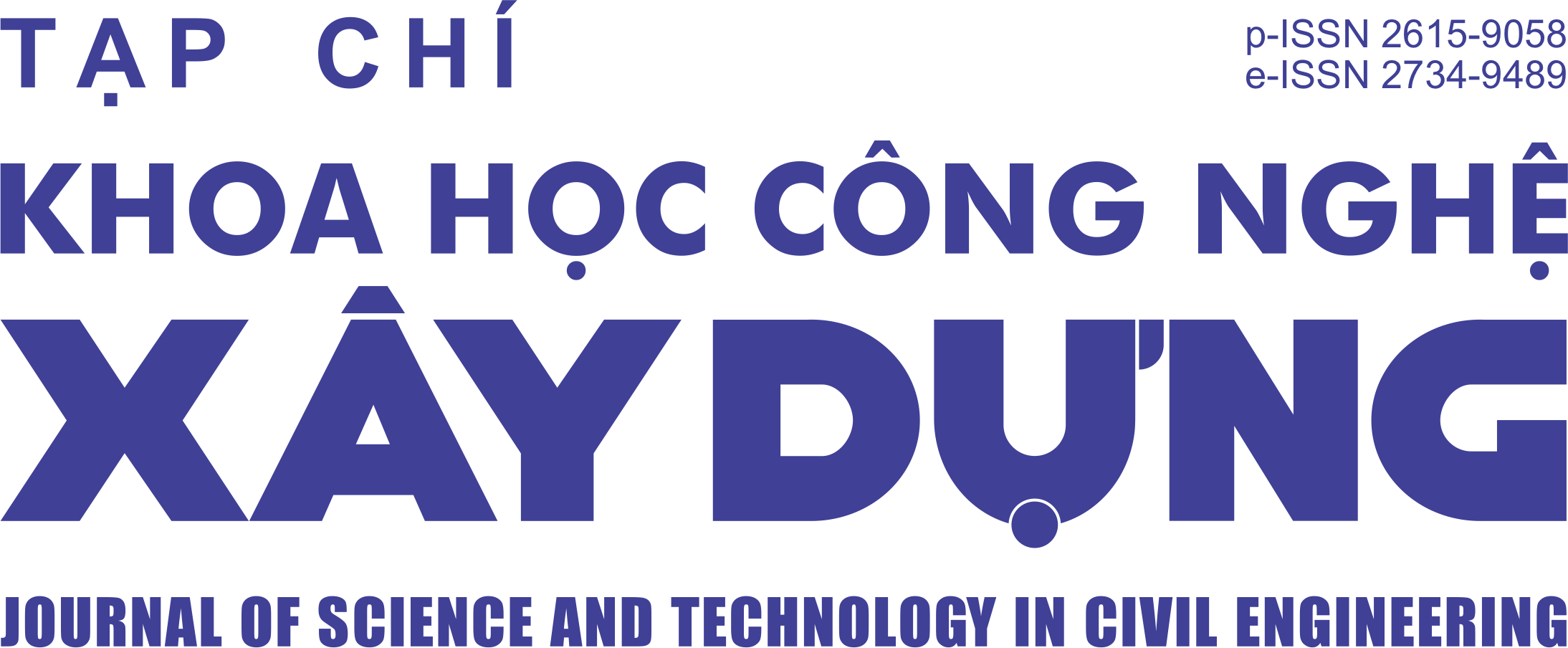Street in Hanoi ancient quarter as cultural place: A case study of Hang Buom street
Abstract
A differentiation in history and culture in Southeast Asian cities has crafted a unique scene of traditional commercial streets which is distinguished from Western norm. Whereas the later is mostly recognized based on physical form and behavior of users only, the former is not limited itself in those focuses, but also people (users) and their activities - which are supposed to create the spirit and the soul of the places have been included. The distinctive features of Southeast Asian streets in the historic commercial district are also differentiated from Western ones by the pluralism and integration of those components than mono and segregation manifestations. In Vietnam, the adoption of Western regulations without sufficient consideration on local context resulted in ineffective spaces and the lost of this historical district's spirit. The paper's objective is to clarify the physical and functional aspects of Hanoi Ancient Quarter which play key role in forming the distinct soul of historical district. It is assumed that those attributes are to make urban space to urban place, toward cultural sustainability. The theory of "place" and "cultural capital" will guide through the whole paper. The methodology is the combination of theoretical and empirical implementation by region history, local politics and economic-social development reviews and onsite investigation in a representative street, Hang Buom Street (Sail Street) in Hanoi Ancient Quarter. The site investigation and social survey have been conducted from 2010 to 2015, covering the physical aspect, functional aspect, and social aspect. The findings of this paper would aim to contribute to philosophy of urban conservation in Southeast Asian as well as being suggestion for urban management and development in such local unique contexts.
Article history: Received 19 March 2018, Revised 17 April 2018, Accepted 27 April 2018
Downloads
1. The Author assigns all copyright in and to the article (the Work) to the Journal of Science and Technology in Civil Engineering (JSTCE) – Hanoi University of Civil Engineering (HUCE), including the right to publish, republish, transmit, sell and distribute the Work in whole or in part in electronic and print editions of the Journal, in all media of expression now known or later developed.
2. By this assignment of copyright to the JSTCE, reproduction, posting, transmission, distribution or other use of the Work in whole or in part in any medium by the Author requires a full citation to the Journal, suitable in form and content as follows: title of article, authors’ names, journal title, volume, issue, year, copyright owner as specified in the Journal, DOI number. Links to the final article published on the website of the Journal are encouraged.
3. The Author and the company/employer agree that any and all copies of the final published version of the Work or any part thereof distributed or posted by them in print or electronic format as permitted herein will include the notice of copyright as stipulated in the Journal and a full citation to the Journal as published on the website.







